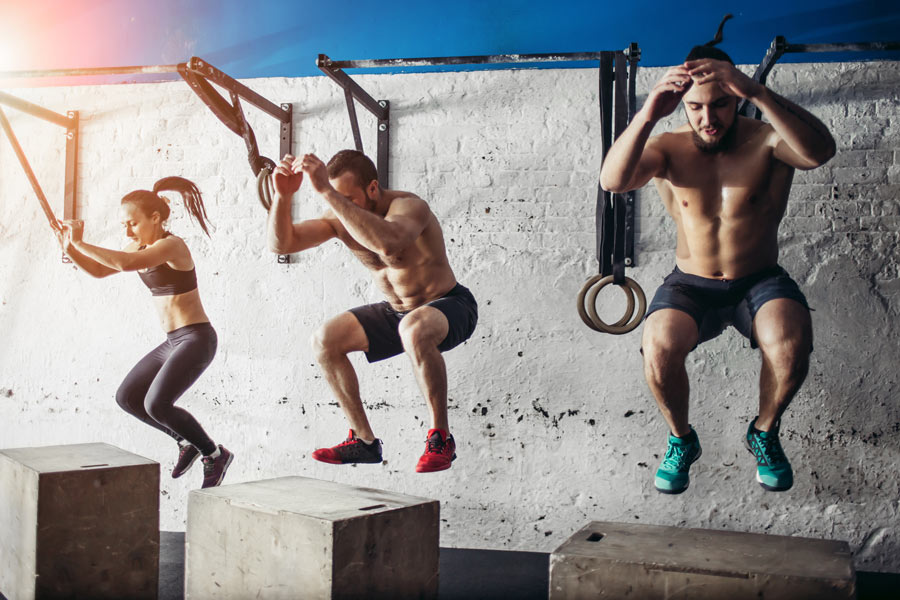
Common Vertical Jump Training Mistakes to Avoid
If you are looking to improve your athletic abilities by maximizing your speed, jumping height, leg strength, sprinting speed, and explosive power then vertical jump training may be just the thing to add to your fitness routine. But as with any type of exercise, proper technique is essential. Here are a few of the most common mistakes to watch out for when jump training.
Poor Landing Technique
Understanding how to land properly is vital before beginning training to avoid injury. Even if you don’t suffer a sudden injury you could develop pain from overuse. By learning the right technique, you will be able to absorb the force of the landing. It can be so tempting to jump right in (pun intended) but taking the time to learn how to land will protect your body and maximize your gains in the long run.
Neglecting Quality to Increase Quantity
It is great to push to become better but sometimes, if done the wrong way, this can backfire. If repetitions are increased too quickly then the quality of movements will decrease. It is better to do fewer reps and do them well than to go for quantity and perform them poorly. If you find that by your last rep you are hardly able to jump, then you may need to readjust your routine. Only increase your reps when you can do so while still performing all of them with high intensity.
Ignoring Strength Limits Our Power
Power involves both speed and strength. Notice the equation, power = force x velocity. It can be tempting to focus primarily on how fast movements are performed (velocity). But if speed is the only focus then we are missing half of the equation.
Strength can be defined as the ability to create force. Only by increasing both our speed (velocity) as well as our strength (force) will we increase the power of our movements. To reach full potential, both speed and strength must be considered.
If you have any questions please contact our skilled trainers at Junkyard Training. We are excited to help you on your fitness journey!
6-1-2021
